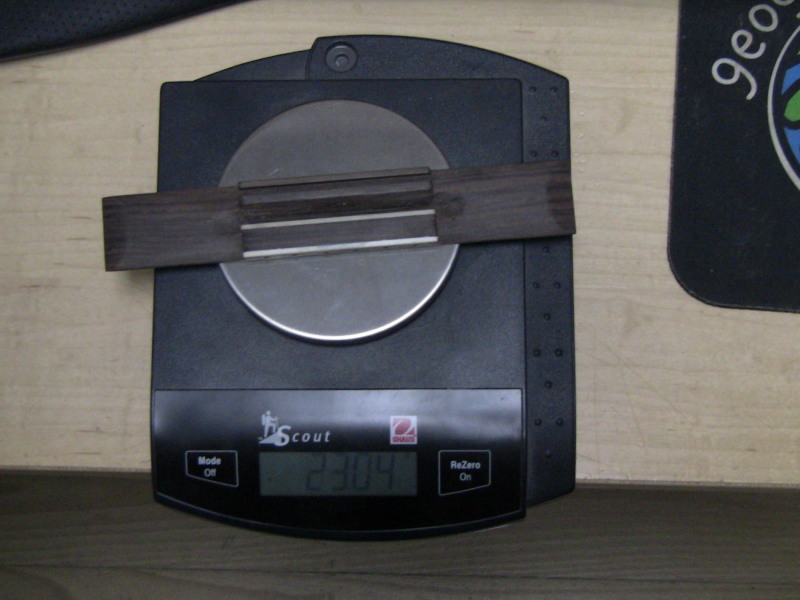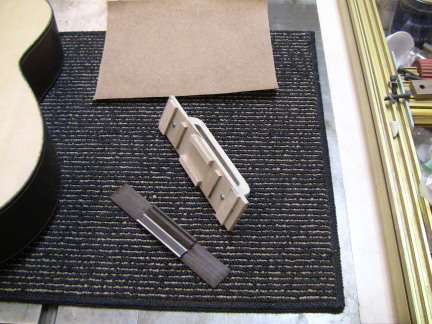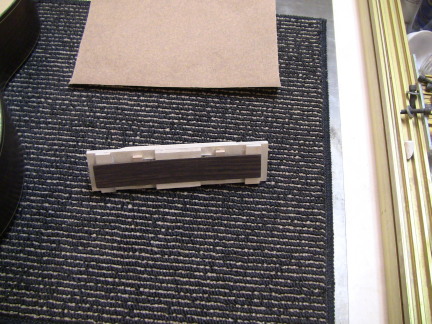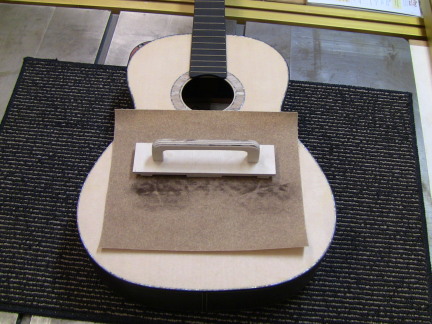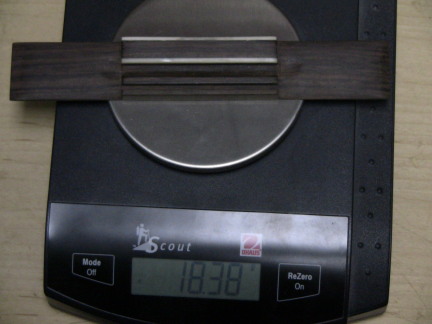Filippo Morelli wrote:
Carey wrote:
-fwiw, Segovia's 1937 Hauser ("the guitar of the epoch"- Segovia) has an
East Indian Rosewood bridge, according to Richard Brune. Good enough for me.
East Indian Rosewood bridge, according to Richard Brune. Good enough for me.
For that matter, many of that period guitar were B&S of EIR.
Barring any other information, the standard answer to a high end classical guitar is BRW
for the bridge.
Filippo
-The guitar mentioned above was made with Brazilian back and sides, as
were most top quality classical guitars until at least the late 60s, Fleta being the notable exception- and he used Brazilian on occasion also.
Not sure what 'barring any other information' signifies.
